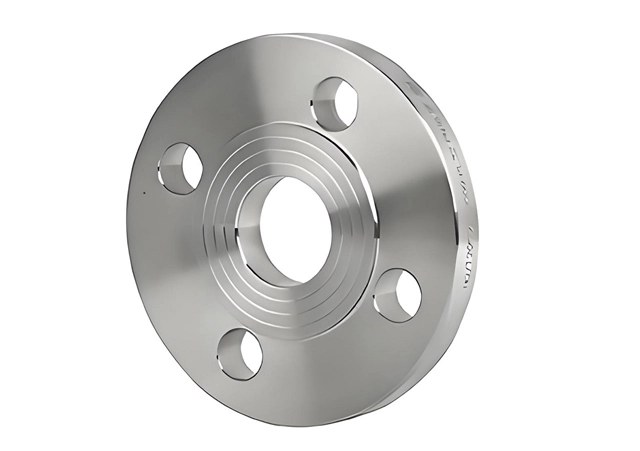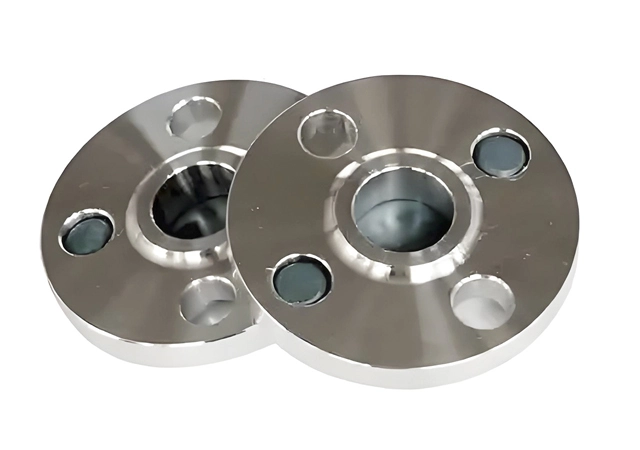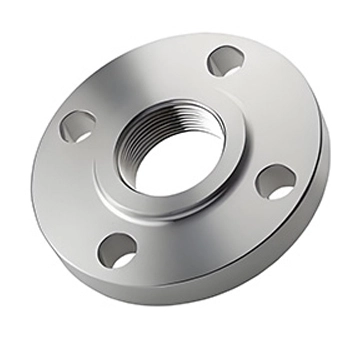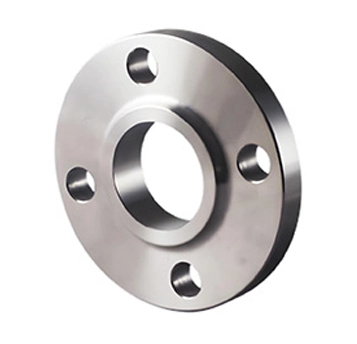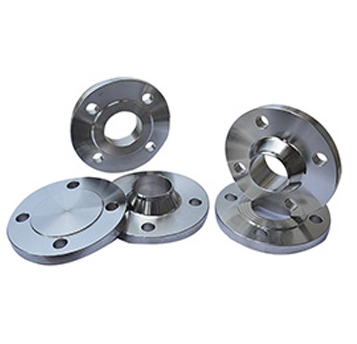An ISO flange is a type of pipe flange that conforms to the standards set by the International Organization for Standardization (ISO). These flanges are designed to provide secure and reliable connections in piping systems, ensuring leak-tight seals and compatibility across different systems. ISO flanges are widely used in industrial applications, including vacuum systems, chemical processing, and general-purpose piping.
ISO flange are available in various materials such as stainless steel, carbon steel, and alloy steel, which provide durability and resistance to corrosion and high temperatures. The ISO standard includes different types of flanges, such as K-style (clamp fasteners) and F-style (nut and bolt fasteners), allowing for flexibility in installation and compatibility with various piping configurations.
Standards
ISO 7005-1:2011: This standard covers steel flanges for industrial and general service piping systems. It specifies the dimensions, pressure ratings, and material requirements for steel flanges.
ISO 1042: This standard provides specifications for flanges made from unplasticized polyvinyl chloride (PVC) for pressure pipes and fittings.
ISO 27509:2020: This standard focuses on compact flanged connections for process piping systems, offering an alternative to conventional flanges with reduced mass and smaller dimensions while maintaining high reliability.
Pressure Ratings
ISO flanges are available in various pressure ratings, including PN10 and PN16, which specify the maximum allowable pressure at a given temperature. These ratings ensure that flanges can safely handle the pressures and temperatures of their intended applications.
Stainless Steel: Grades such as 304, 316, and their variants (e.g., 316L, 316H) are commonly used for their excellent corrosion resistance and strength.
Carbon Steel: Used for general-purpose applications where high strength and cost-effectiveness are required.
Alloy Steel: Suitable for high-temperature and high-pressure applications, providing superior strength and durability.
Duplex and Super Duplex Steel: These materials offer high corrosion resistance, especially in chloride environments, and are ideal for offshore and chemical processing applications.
Nickel Alloys: Such as Monel, Inconel, and Hastelloy, are used in highly corrosive environments and applications requiring extreme temperature resistance
1. Oil and gas industry: ISO flanges are used to connect wellhead equipment and transportation pipelines to ensure safe long-distance transportation of oil and gas.
2. Chemical industry: Chemical plants use them to connect chemical medium pipelines, which are corrosion-resistant, temperature-resistant and pressure-resistant to ensure the integrity of the pipeline system.
3. Power generation industry: Used in steam, water and fuel pipelines of various power plants to ensure stable operation of power generation equipment under high temperature and high pressure.
4. Water treatment industry: Used for connecting water supply and sewage treatment system pipelines to help maintain the normal operation of water treatment facilities and water quality.
5. Shipbuilding industry: Used in various pipeline systems of ships to resist seawater corrosion and navigation vibration shock to ensure the safety of the pipeline system.
6. Food and beverage industry: Meet industry hygiene requirements, used to connect pipelines for transporting raw materials, products and cleaning fluids to ensure production safety.

 EN
EN
